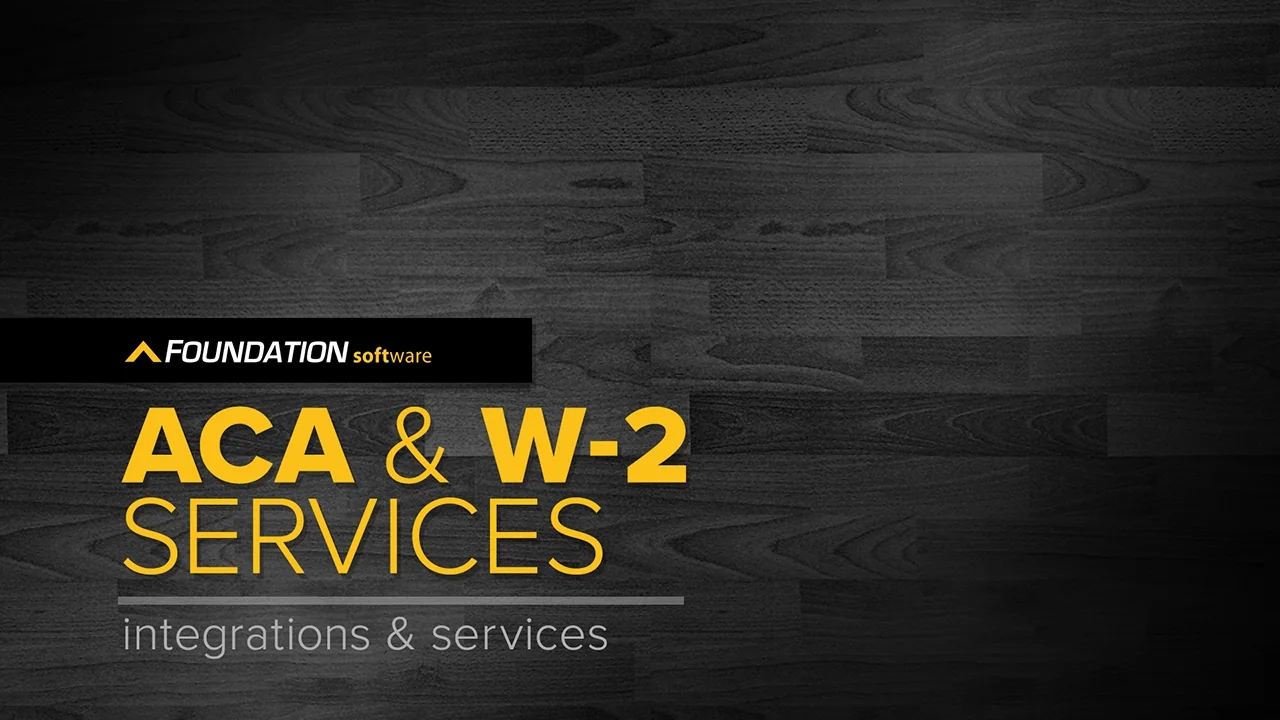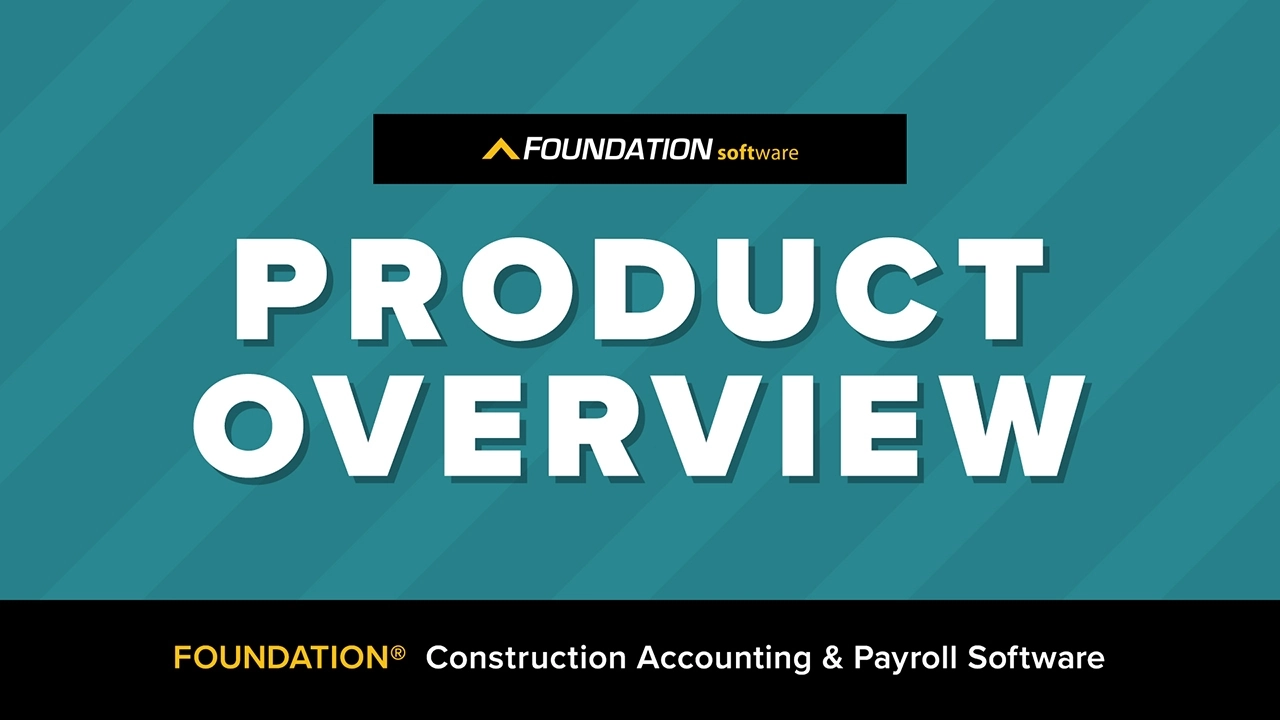
Guest Contributor: Aki Merced, Handle.com
Cash flow management is a constant challenge for construction businesses of all sizes.
Many describe the construction industry as cyclical. Compounded with perennial payment issues that are seemingly ingrained in the industry’s DNA, cash flow mismanagement can lead to failed projects — or worse, a failed business.
Contractors must know how to manage cash flow well to succeed. A big part of that is identifying mistakes that compromise cash flow as they happen — and then addressing them right away.

Here are some of the most common construction cash flow mistakes to watch out for.
Common Cash Flow Management Mistakes
1. Paying vendors before you get paid
No matter how big or small a project is, limiting the cash you’re fronting for job costs is always ideal for your cash flow. While it’s not always possible to get enough upfront payment to cover the startup costs for a job, the next best thing is to set up accounts receivable and accounts payable schedules in a way that frees up cash flow.
It’s just the truth: If you’re paying vendors before getting paid yourself, you are shifting all the financial burden on yourself.
Now, it’s easy to understand why many construction business owners make this mistake over and over — they empathize with vendors and know how helpful it is when clients pay early. However, being altruistic in this sense can put you in the cash flow danger zone.
Extended payment terms are part of the game. Make sure that, contractually, the payment terms you give clients are shorter than the terms you have with vendors.
2. Not enforcing your credit policy (or not having one!)
Construction is a credit-heavy industry. This is why it’s especially important for all contractors to have an established credit policy. Without a credit policy, it’s very easy to lose control of your cash flow and be in the red.
Let’s define exactly what a credit policy is.
A credit policy is a document that spells the following out in detail:
- How to determine a customer’s credit-worthiness
- Rules and payment terms for customers approved for credit
- Incentives, if any, for early payments
- Amount limits and time limits on outstanding accounts
- Procedure in dealing with delayed payments and non-payment
Your credit policy is more than a playbook. Designed to help improve your cash flow and maintain positive working capital, these guidelines within your policy define the level of financial risk your company can comfortably absorb and manage.
The credit terms spelled out in your policy impact your cash flow the most. If you’re not setting and enforcing your established terms and limits, there will inevitably be longer wait times before the collection of accounts receivable.
Regularly review your A/R aging report and identify opportunities to close the gap between the timing of receivables and payables to have better control of your cash.
Remember, customers will always favor longer payment cycles because it frees up cash for them. In these waiting periods between payments is where you’ll feel the cash crunch the worst.
3. Sales and finance are not aligned
Success in construction is largely dictated by competence in two things: acquiring customers and getting paid, carried out by sales and finance respectively.
Growing companies departmentalize sales and finance. Ideally, the whole company is on the same page as far as vision and business goals go. Yet, it’s quite common for sales and finance not to see eye to eye — mainly because their specific targets can be at odds.
While salespeople are geared toward getting the most projects through the door for the most billable payment (revenue), finance is most interested in limiting financial risk and getting the most collections (cash). When sales succeeds in bringing in contracts on a shorter sales cycle, the result can be more cash tied up in project starts and stretched payment schedules. Of course, growing your revenue fast is a good problem to have. However, having to front too much cash for new projects with less favorable payment and credit terms will burn cash quickly.
This happens when sales and finance are not on the same page. It can and will wreak havoc on your cash flow.
Here are some ways to address sales and finance misalignment:
- Set up a meeting where finance discusses your credit policy to the sales team
- Reorient the finance department with an emphasis on their role in supporting sales
- Set regular monthly or quarterly meetings between sales and finance managers
- Use a software solution or stack that streamlines sales, credit decisioning, and collections
4. Poor data management
When discussing cash flow issues, the initial assumption is often that it’s a collection problem. While that may be true to an extent, poor data management is also a common problem.
Have you ever sent an invoice to the wrong address? Is a point of contact not responding? These issues are usually caused by poor data management.
These costly errors are avoidable when customer information and project data are regularly cleaned up and updated.

The path to better cash management
Cash flow management is a mix of enforcing policies and being flexible when the situation calls for it. Avoid the stress of negative cash flow by familiarizing yourself with these four common mistakes. These represent the root of smaller day-to-day accounting and operational problems that impact your working capital.
Take a close look at your accounting practices and identify if you’re making these mistakes so you can adjust accordingly and manage your cash flow better.
Share Article
Keep on current news in the construction industry. Subscribe to free eNews!
Our Top 3 YouTube Videos
Learn about our software more in depth with product overviews, demos, and much more!

Our ACA reporting & e-filing services include official 1094-C and 1095-C IRS reporting, optional e-filing (no applying for a TCC code required), mailing to your employees and experienced support to help you.

There are plenty of reasons to make FOUNDATION your choice for job cost accounting and construction management software — just ask our clients!

From job cost accounting software, to construction-specific payroll. Get an overview on your next all-in-one back-office solution.


